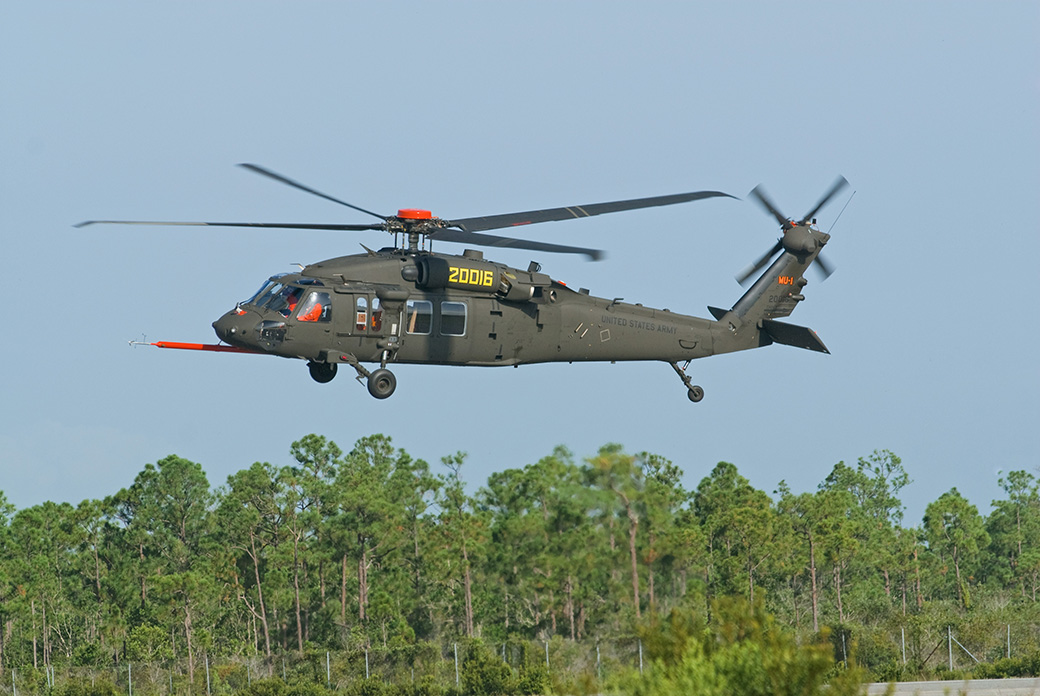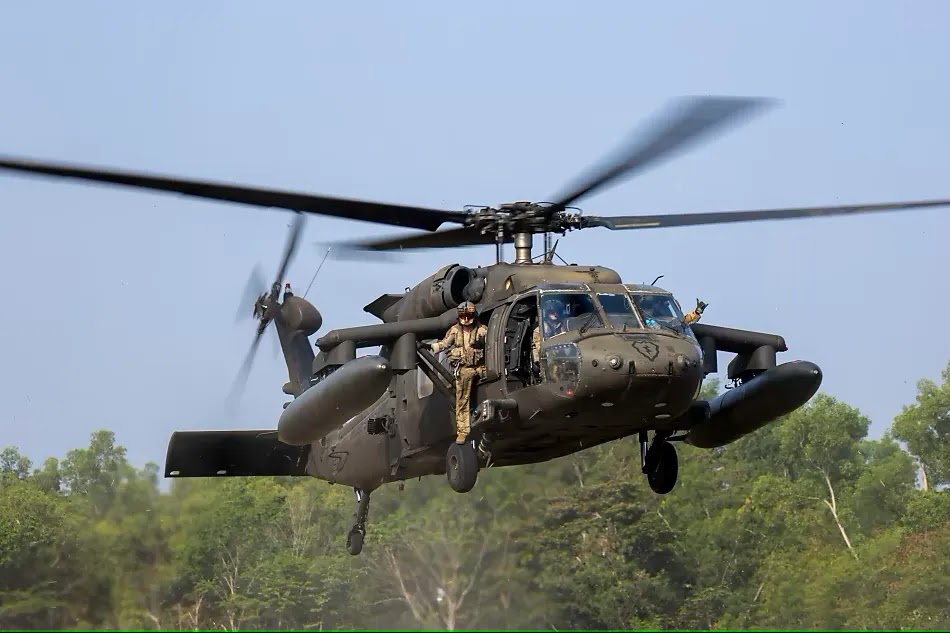Why the UH 60 Helicopter is Critical for Modern Military Operations
Why the UH 60 Helicopter is Critical for Modern Military Operations
Blog Article
Every Little Thing You Need to Learn About the UH 60 Helicopter
The UH-60 helicopter, a foundation of U.S. Army air travel given that its launching in 1979, represents an impressive blend of design and operational versatility. As army needs evolve, so too does the helicopter, with continuous innovations intended at enhancing its abilities and integrating modern innovations.
Background of the UH-60
Created in the late 1970s, the UH-60 Black Hawk helicopter arised as an action to the U.S. Army's requirement for a flexible utility helicopter that could do a variety of objectives under challenging conditions. The inspiration for its style was the drawbacks recognized in the earlier helicopters made use of during the Vietnam Battle, especially in regards to maneuverability, survivability, and rate.
The Black Hawk was designed by Sikorsky Airplane, integrating advanced technologies and materials to boost its performance and toughness. It was officially presented into solution in 1979, swiftly becoming a critical property for army procedures - uh 60. Its capacity to move troops, medical discharge, and logistical support in both combat and humanitarian objectives made the Black Hawk an invaluable part of the united state Army's air travel fleet
Throughout the years, the UH-60 has been continuously updated, adjusting to the transforming nature of warfare and the progressing requirements of modern-day military procedures. Its operational background consists of involvement in major conflicts, peacekeeping goals, and disaster alleviation initiatives, solidifying its credibility as a trustworthy and effective helicopter in numerous settings worldwide.

Design and Specifications
The design of the UH-60 Black Hawk helicopter regularly shows a commitment to operational performance and versatility. Developed by Sikorsky Airplane, this medium-lift energy helicopter includes a smooth, wind resistant body that boosts rate and maneuverability. Its tandem rotor system, defined by two counter-rotating blades, minimizes vibration and increases lift ability, permitting safer procedures in varied settings.
The UH-60 is powered by two T700-GE-701C turboshaft engines, providing a maximum speed of about 180 knots and a range of around 400 maritime miles. Its robust airframe is created from sophisticated composite products, ensuring durability while keeping a relatively reduced weight. The helicopter has an optimum gross weight of concerning 22,000 extra pounds, sustaining a functional payload arrangement.

Roles and Missions
A functional platform, the UH-60 Black Hawk helicopter offers a wide range of duties and objectives within army procedures. Developed primarily for troop transport, it can carrying approximately 11 soldiers, making it a crucial property for fast release and logistical support.
Along with army transport, the UH-60 excels in clinical evacuation (MEDEVAC) objectives, equipped with innovative medical tools to provide vital treatment during transportation. Its ability to run in varied environments boosts its performance in combat search and rescue (CSAR) procedures, where quick extraction of workers is vital.
The helicopter also plays a significant function in reconnaissance and surveillance objectives, making use of onboard sensing units and devices to debrief. Its flexibility expands to logistical support, capable of delivering you could look here products and tools to ahead operating bases.
In battle procedures, the UH-60 can be equipped with different weapon systems, enabling it to give close air assistance. Its multi-role capability makes the Black Hawk an essential device for modern-day military forces, adapting seamlessly to the developing demands of battleground circumstances and guaranteeing objective success across an array of operational contexts.
Efficiency and Capabilities
Recognized for its durable efficiency, the UH-60 Black Hawk helicopter flaunts impressive capacities that boost its operational effectiveness throughout numerous goals. uh 60. This multi-role aircraft is outfitted with powerful twin-engine Turbomeca Arriel 1D1 engines, giving exceptional rate and ability to move, with an optimum cruise rate of approximately 150 knots and a functional variety of around 400 nautical miles
The anonymous Black Hawk's sophisticated avionics and fly-by-wire control systems substantially improve trip safety and handling, allowing it to run in varied atmospheres, consisting of damaging weather problems. Its flexibility is more exemplified by its ability to bring up to 11 totally equipped soldiers or a payload of about 8,000 pounds, making it excellent for troop transport, clinical evacuation, and logistical assistance goals.
In Addition, the UH-60 is created for survivability, including reinforced airframes, ballistic security for staff and passengers, and advanced countermeasure systems to avert hazards. The helicopter's dexterity and rate, incorporated with its ability for fast implementation, make it an essential asset in modern military operations, guaranteeing that it stays an essential aspect of tactical air assistance and combat zone mobility.
Future Advancement

One substantial emphasis is the assimilation of innovative avionics systems, which will boost situational understanding through boosted navigation and communication capabilities. This includes the prospective usage of artificial knowledge to assist pilots in decision-making and goal planning.
Moreover, future variants may integrate innovative materials and style functions to bolster the helicopter's toughness and decrease its radar signature, enhancing survivability in disputed environments.
The introduction of hybrid-electric propulsion systems is additionally on the horizon, intending to boost gas performance and decrease logistical burdens. Such innovations could extend operational range and minimize the Resources helicopter's ecological footprint.

Verdict
The UH-60 helicopter represents a significant innovation in armed forces aviation since its introduction in 1979. The UH-60's sustaining visibility underscores its vital function in modern-day military procedures and highlights the ongoing evolution of army aviation modern technology.
The UH-60 helicopter, a foundation of United state Army aviation considering that its launching in 1979, represents an amazing blend of engineering and operational flexibility. As armed forces needs advance, so too does the helicopter, with ongoing advancements intended at improving its capabilities and incorporating modern-day innovations.The layout of the UH-60 Black Hawk helicopter constantly shows a commitment to functional efficiency and adaptability. Established by Sikorsky Aircraft, this medium-lift utility helicopter includes a smooth, wind resistant fuselage that enhances rate and ability to move.The UH-60 helicopter stands for a considerable development in military air travel considering that its introduction in 1979.
Report this page